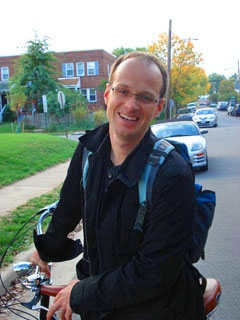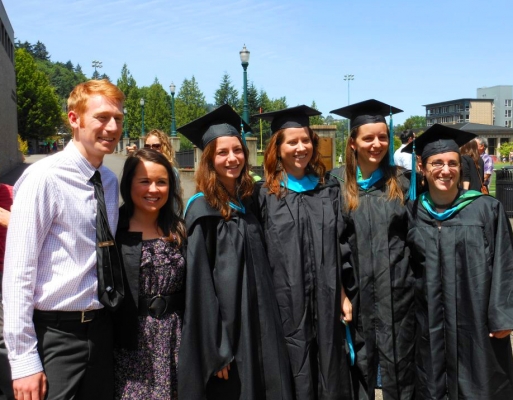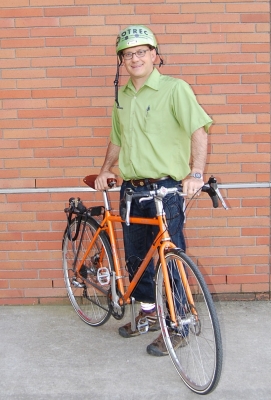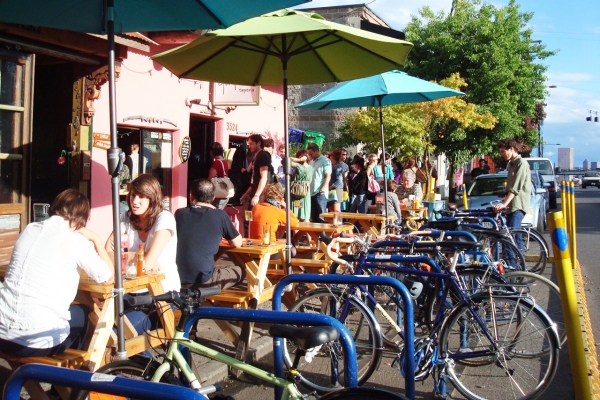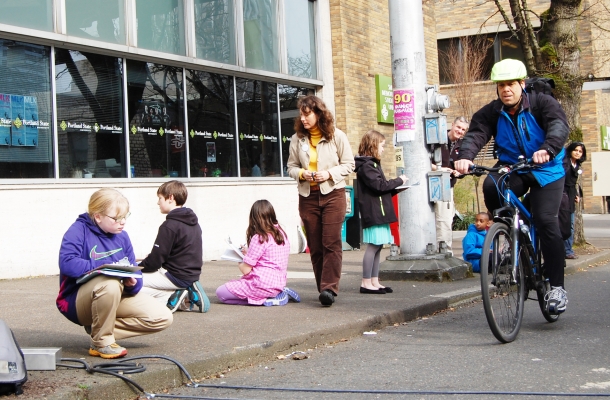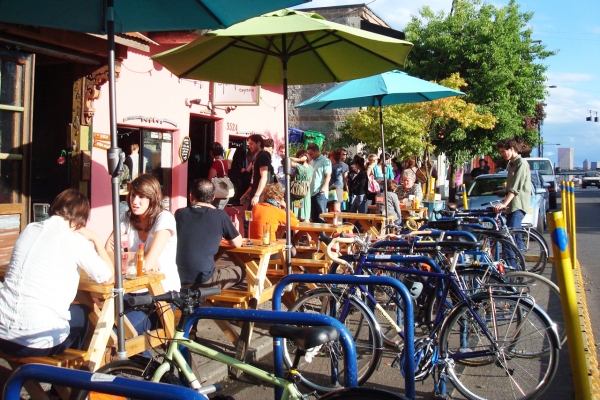What makes Americans’ travel behaviors so different from that of their West European counterparts? Longer trip distances? Higher rates of licenses and auto-ownership? A culture and economy that depends on the automobile industry? According to visiting scholar Ralph Buehler, none of these explain the differences in mode splits.
In partnership with Students in Transportation Engineering and Planning (STEP), Portland State University recently hosted visiting scholar Ralph Buehler at the Friday Transportation Seminar series. Dr. Buehler traveled west from Washington, D.C. where he is an Assistant Professor in Urban Affairs and Planning at Virginia Tech’s Metropolitan Institute. Dr. Beuhler’s research and expertise is in multimodal planning and travel behaviors, with a focus on Western Europe and North America.
Click here to view the webcast.
Dr. Buehler’s presentation, titled “Making Urban Transport Sustainable: Comparison of Germany and the US,” poked holes in many of the common theories explaining why Americans are more likely to use their cars for all their travel needs. Instead, he noted that, “transport policies have to explain the difference [in mode shares] over time, including the changes that have happened in Germany and those that have not happened in the US. ” His research has led him to identify four major policy...
Read more
